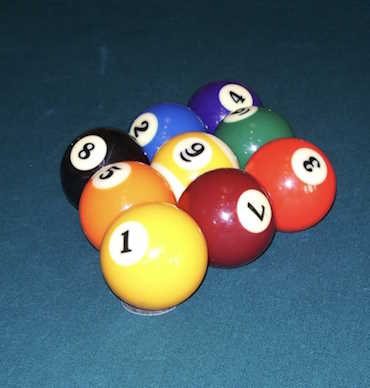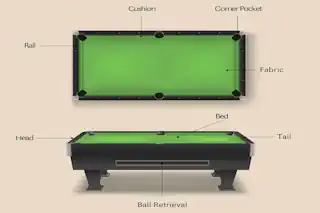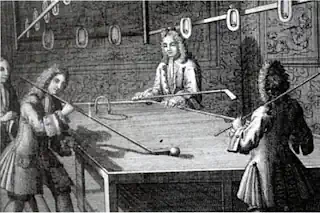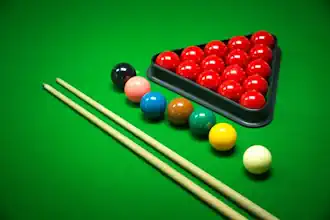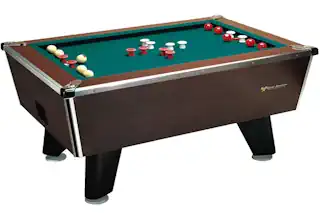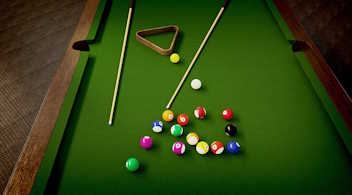Master the Game of 10-Ball Billiards: The Ultimate Player’s Guide
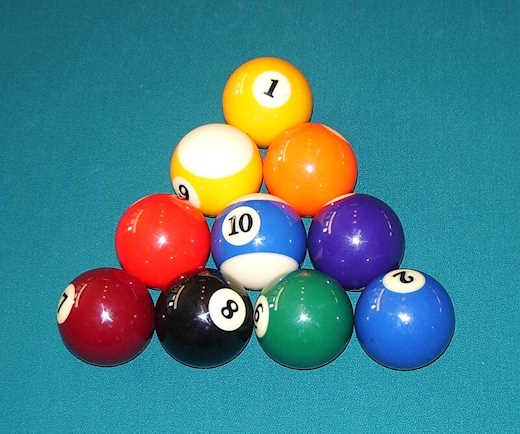
Have you ventured into the world of billiards, only to find that the more you play, the more you want to perfect your craft? Perhaps you’ve heard the intriguing whispers of a game called 10-ball and wondered what all the fuss is about. Well, wonder no more, because we’re about to break down the sleek and strategic game of 10-ball, providing you with all the fundamentals you need to become a pro at this engaging sport.
Before you chalk up your cue stick, remember that 10-ball isn’t just any pool game. It’s a relentless test of precision, strategy, and shot-making, beloved by amateurs and professionals alike for its nuanced gameplay. With focus, patience, and the lessons you’re about to uncover, you will not just play 10-ball; you will feel it in your bones, syncing your moves with the heartbeat of the table.
Getting into Position: Setting Up the Game
The very beginning of a 10-ball game is like the opening paragraph of a good book—it sets the tone and expectations. To start off on the right foot, here’s how you set up your stage.
Rack ‘em Up
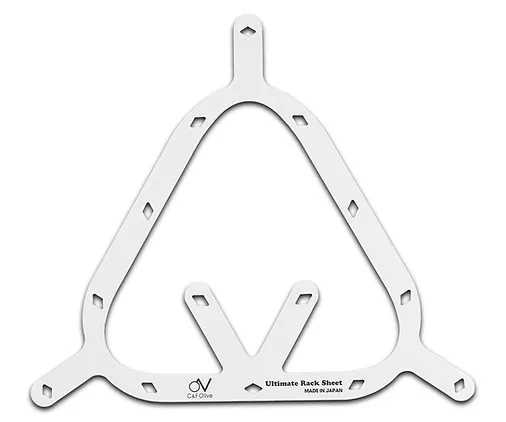
Position the 10-ball in the center of the rack, flanked by the 1-ball and wing ball on either side. Arrange the remaining balls randomly. The 1-ball should be at the apex with the 2 and 3 balls placed immediately behind it inside the rack. The other balls are positioned without purposeful order. If using straight pool balls just remove the extra five object balls and rack the remaining ten balls.
Breaking Down the Break Shot
This is where the action starts, where inertia meets precision, and chaos is introduced to the otherwise serene game. The break in 10-ball is much more than a clashing of the balls; it’s a strategic maneuver with the potential to set the tone for the entire game.
Divine the Triangle
Aim squarely at the head ball, or “one-ball,” from the designated area behind the head string. Your power should correlate with the number of balls you hope to scatter. A gentle break is valid but might leave you with a clustered layout that’ll make your subsequent shots akin to threading a needle.
Pocket or Not to Pocket, Lowest Numbered Ball First?
In 10-ball, at least four object balls must hit the rails or an object ball must be pocketed, otherwise, it’s a re-break or your opponent will start the game from the current situation. The breaking player, in order have a legal break, must complete this task. Aim for the side pockets if you’re looking to control the game; power breaks are great for pubs, but may not be the best choice for this game.
Channeling the Oracle to Nominate the Ten Ball
In 10-ball, players must call a pocket for the 10-ball, else the shot does not stand. This is where clairvoyance—or at least a sharp eye—comes in handy. Nomination of the winning ball adds a tactical layer to the game, turning it into a mental chess match.
After the Break Shot
Once the shooting player has executed a legal break, then the real game play begins. The object balls must be pocketed in order from the lowest numbered ball to the ten ball. One or more balls can be pocketed after the cue ball contacts the lowest numbered ball. The ten ball does not have to be the last ball pocketed. If the object ball contacted then hits the ten ball into a called pocket, the shooting player wins that game.
Call Sheet
Touching the 10-ball or prompting a verbal nomination locks you into that decision. Remember that each choice has its butterfly effect, potentially altering the game’s trajectory.
Scoring and Reaping the Fruits of Labor
In 10-ball, it’s two points for the 10-ball and one point for any of the other pocketed balls. But, be mindful of the two-point rule—wins must be with a two-point advantage. If not, you’re in for a longer game than you initially bargained for.
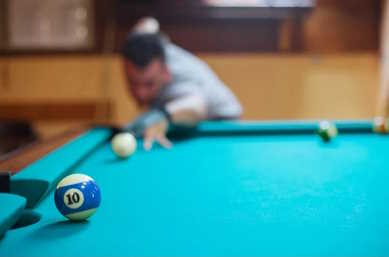
The Race
The first to reach a predetermined score wins. For casual games, a race to 10 is the norm, but championship matches can set a score of 100 or more. Whatever your goal, every score is a step to victory.
Two-Point Rule
This is where the game becomes more than a point tally. The two-point advantage conditions the strategy, directing your plays and priorities. It’s profound math and wise psychology—either extends the game or wins it outright.
Unveiling the Strategies of 10-Ball
Mindlessly pocketing balls is… well, mindless. In 10-ball, you’ve got to play the long game, anticipate your next moves and, more importantly, your opponent’s. It’s less about the shot and more about the scheme—the finesse in your fingers and the steel in your mind.
Staying Ahead
Positioning is more critical than perfect pocketing. Each shot should take into account not just the intended pocket but also where the cue ball will end up for the next shot. A cautious player plans artillery positions; a skilled 10-baller plans cue ball positions as well.
Control Freak
Learn to play safe, not just pot. Sometimes, not pocketing is your strongest play. Controlling the table with sophisticated distance shots and difficult angles can leave your opponent flustered and you in control.
The No-Nos
Common fouls range from touching a ball to playing out of turn. Each one comes with its own set of penalties—timeouts, having a ball re-spotted, or even loss of game depending on the severity of the breach. The ten ball is a called shot but sinking the ten ball in an unintended pocket is also a foul. Only one foul at a time but in tournament play three fouls will cost you the game.
Learn from History
Watching a game or two can teach you more than several words. Absorb the action like a textbook, and each mistake you witness becomes a lesson for you to carry into your next match.
Conclusion: The 10-Ball Journey
Playing 10-ball isn’t just about potting balls or tallying points—it’s a narrative of intent, skill, and inevitable happenstance. With each game, you’re not just accumulating wins; you’re gathering experiences that refine your prowess, making you the maestro of your own billiards symphony.
Whether you’re playing with friends for a laugh or in a heated competition aiming for regional championships, the enjoyment lies in both the destination and the steps that lead you there. Practice, patience, and a partnership with the table are your gateway to the vast universe of 10-ball, where every roll, every bounce, every decision, is a story waiting to be told.
Remember, in billiards, as in life, the game is not just about winning—it’s about playing with intention, learning from the process, and having a ball while you’re at it. Stick to these tenets, and you’ll find that 10-ball is not just another game; it’s a way of life for the pool enthusiast in you.
Frequently Asked Questions (FAQ)
Can beginners play 10-ball?
Absolutely! While 10-ball might seem complex at first, it’s a wonderful game for players of all skill levels. Starting out, focus on learning the basic rules and developing your skillset over time. Remember, every expert was once a beginner. Game play is very similar to nine ball. Make sure the cue ball contacts the first object ball for a legal hit and then continue shooting numbered object balls in order.
How do I improve my 10-ball game?
Practice is key. Spend time working on your break, developing a strategic mind for ball positioning, and playing safe when necessary. Watching and learning from more experienced players can also provide valuable insights.
Is it important to call the pocket for every object ball, or just the 10-ball?
In 10-ball, you only need to call the pocket for the 10-ball. For the other object balls, a ball pocketed without nomination is acceptable. This rule adds a layer of strategy particularly focused on the endgame.
What should I do if I commit a foul?
Owning up to fouls and understanding their penalties is part of the game’s integrity. If you commit a foul, notify your opponent. Depending on the foul, the penalties can vary, but it’s all part of learning and respecting the game.
How long does a typical 10-ball game last?
The duration of a 10-ball game can vary based on the skill levels of the players and the rules set at the beginning of the game. Casual matches might last 15-30 minutes, while competitive or championship games can extend much longer, especially when playing to higher scores.
Can 10-ball be played on any pool table?
Yes, 10-ball can be played on any standard pool table. The game does not require a special table, but make sure the table is of regulation size for a fair and enjoyable game.
How can I find people to play with?
Joining a local pool or billiards club is a great way to meet other enthusiasts. Many clubs and bars with pool tables host regular tournaments or league nights. Online communities and social media groups are also excellent resources for connecting with fellow 10-ball players. Ten ball is a very popular game and finding others to play with should be an easy thing to do.
Remember, the most important part of 10-ball, as with any game, is to enjoy yourself and the company you’re with. Keep practicing, stay curious, and most importantly, have fun on your 10-ball journey!
